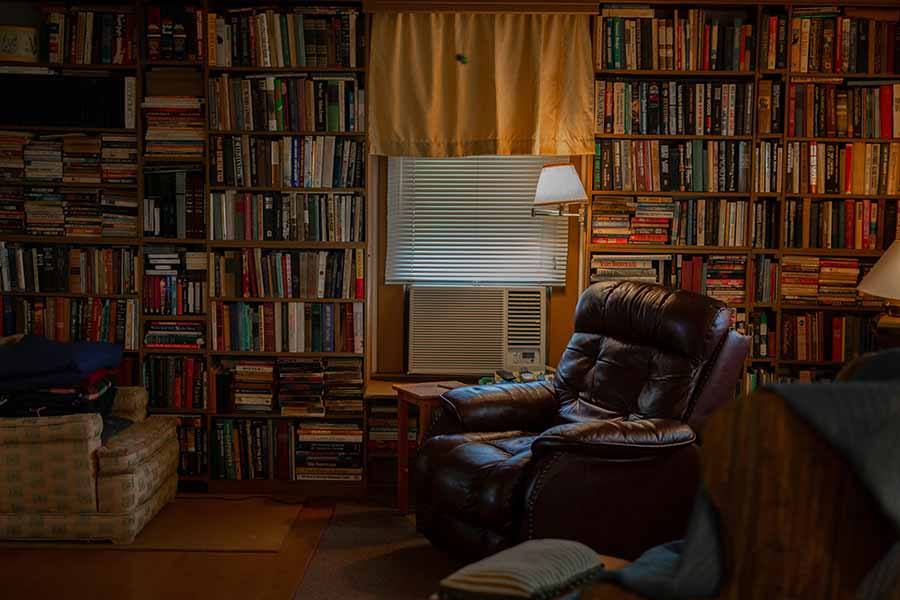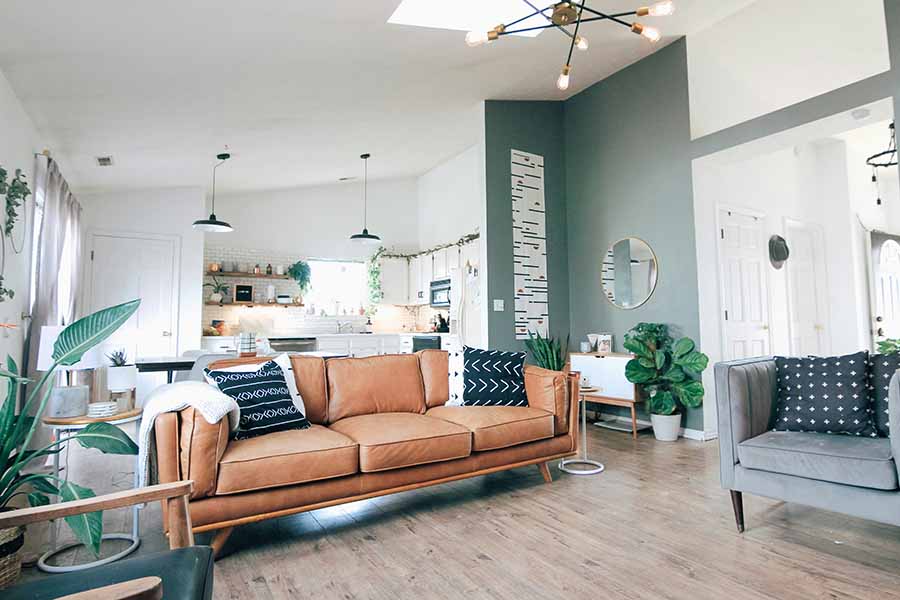Creating a personal reading room or library in your home can be a rewarding project that adds both aesthetic value and functional space to your living environment. Here are some tips to help you get started:
Choose the Right Space:
Select a quiet, well-lit area in your home that is conducive to reading and relaxation. This could be a spare bedroom, a corner of your living room, or even a nook under the stairs.
Consider Comfort:
Invest in comfortable seating such as a cozy armchair or a plush sofa where you can sit and read for extended periods comfortably. Add soft cushions and throws to enhance comfort and create a welcoming atmosphere.
Maximize Natural Light:
Position your reading area near a window to take advantage of natural light during the day. Consider installing sheer curtains or blinds that can be adjusted to control the amount of light entering the room.
Good Lighting:
In addition to natural light, ensure you have adequate artificial lighting for reading, especially during the evening or on cloudy days. Choose adjustable floor lamps or table lamps with warm, soft lighting to create a cozy ambiance.
Shelving and Storage:
Install bookshelves or bookcases to store your book collection. Consider both aesthetics and functionality when selecting shelving units, and organize your books in a way that makes them easily accessible and visually appealing.
Personalize the Space:
Add personal touches such as artwork, photographs, decorative items, and plants to make the space feel uniquely yours.

Incorporate elements that reflect your interests, hobbies, and personality to create a space where you feel inspired and at ease.
Create a Reading Nook:
Designate a cozy reading nook within your library where you can retreat with a good book. Add a comfortable chair or window seat, a small side table for drinks or snacks, and perhaps a reading lamp for late-night reading sessions.
Include Functional Furniture:
Incorporate functional furniture pieces such as a writing desk, a side table for placing drinks or snacks, and storage ottomans or baskets to keep blankets, cushions, and other essentials neatly organized.
Ambiance and Atmosphere:
Set the mood with ambient elements such as scented candles, essential oil diffusers, or a tabletop fountain to create a calming and relaxing atmosphere conducive to reading and reflection.
Tech-Free Zone:
Consider making your reading room a tech-free zone by minimizing electronic devices and distractions. Opt for traditional books over e-readers and tablets, and create a space where you can unplug and immerse yourself in the joy of reading without interruptions.
By following these tips, you can create a personal reading room or library in your home that is both functional and inviting, providing a tranquil sanctuary where you can escape into the world of literature and cultivate a love for reading.







